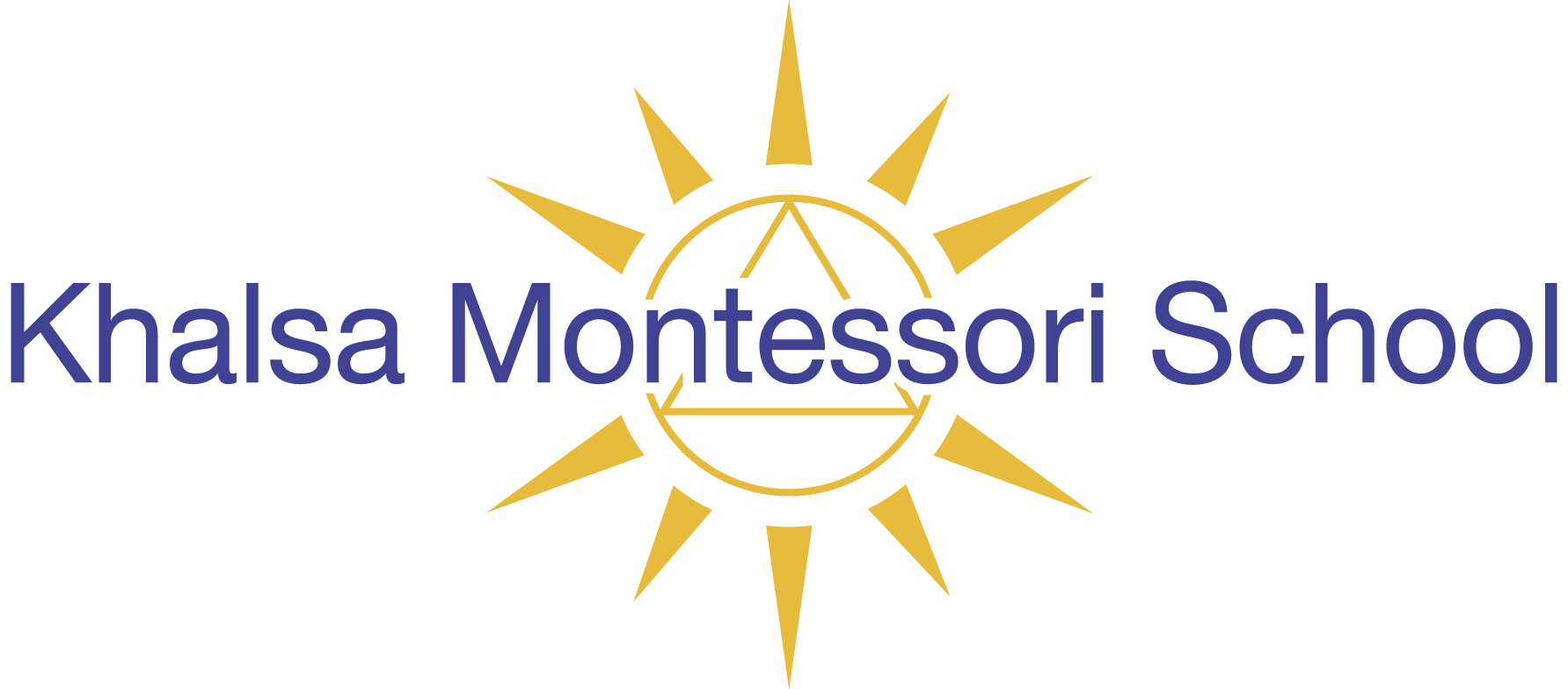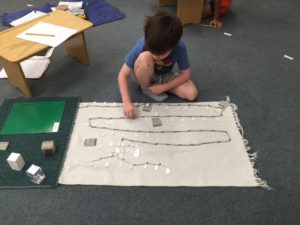October marks the opening of our classrooms for observations. Did you know that Montessori classrooms are the few classrooms in the valley that are open for adults to observe? Come see for yourself how a culture of respect, accountability, and responsibility is practiced on a daily basis! You will also have an opportunity to see a variety of work in progress. Students participate in a culture of learning through engagement with materials and purposeful interaction with peers and teachers.
We understand that your primary desire may be to see your child functioning in the classroom. However, it is best to first observe with the purpose of understanding the culture and values of the classroom and how learning happens through independent student effort, student-student interaction and student-teacher interaction. This type of observation will help you understand how your child learns in a Montessori environment and it will provide a contextual framework for school related discussions with your child or your child’s teacher.
Please remember that elementary and primary classrooms are open for observation starting at the beginning of this month. To observe in a Toddler classroom, you will soon see an observation sign-up sheet in the Toddler lobby.
To honor the privacy requests of families, no photography or video recording is allowed by parents/visitors at the school.
The evening before your scheduled observation, inform your child that you will be observing the next day. Remind them that you are there to observe how the classroom functions. Hence, you will not be interacting with them throughout your observation time. Just as you want to do your best observing, they can do their best with their personal goals. Of course, keep in mind that your child will be excited by your presence and may display unusual or, most often, his/her best behavior during this observation.
If your child is in the final year of the Primary or Lower Elementary level this year, now is also a great time to observe the program your child will be going into next year.
- Call the school office for an appointment. We recommend a full day, a half day or at least 3 uninterrupted hours. Please have a few options available so that the office secretary can confirm the best date that works for the classroom.
- On the day of the observation, before entering the classroom, read the “Observation Guidelines within a Montessori classroom” document in the office and turn off or silence your cell phone.
- It is strongly recommended that observers record thoughts and questions on paper or in a book, which can later be the basis of discussion with the Lead teacher in a requested meeting or at the November Parent Teacher conference.
- Remember to sign-in at the office when coming to observe and log observation visits in the Parent Participation Log as it counts towards the 20 hours of participation required every year.
Once in the classroom, please sit in the designated “Observer Chair” upon your arrival. The more “invisible” you remain, the more likely your chances of seeing the class as it normally functions. Please do not initiate contact with the children. Of course, if they approach you, feel free to let them know that you are working and they can go to their own work. You are welcome to move the observer chair to a few locations in the classroom. However, please ensure that the chair is placed away from pathways while also giving each student plenty of room to work in an uninterrupted manner.
During your visit you will notice many different purposeful activities which are self-directed and self-chosen, and some that are teacher expected when a student is not choosing on his/her own. There is a relaxed, unhurried atmosphere and a spontaneous interest in work. You may note varying degrees of concentration as well as social interaction.
Some questions or thoughts to consider when observing:
What values did I see students demonstrating today? Some examples are respect, curiosity, autonomy, perseverance, empathy.
What type of collaborative interactions did I see today?
What type of inter-personal conflict was observed? How was it resolved?
What are the ways in which the adults give students independence in the classroom?
When do adults intervene?
How do children relate to one another? How do adults and students relate to each other?
What examples of self-directed, teacher-directed, peer-directed learning did I see today?
How were logical and natural consequences implemented in the classroom day?
Notice the work when a student is demonstrating engagement:
Is it challenging, done individually or within a small group?
Is the work done in an orderly way and with care?
How does the student handle challenges or hardships in completing the work?
How does the student handle interruptions?
Is the work completed and put away carefully?
How do students work in a large group setting?
How did a student show empathy towards another?
What type(s) of attitude do students demonstrate towards one another?
Parents are welcome and encouraged to come multiple times in a year, and come multiple years within a level. Each experience will cumulatively help any observer understand the holistic goals of a Montessori classroom and provide tools for consistent interactions with a student in environments outside a school.

